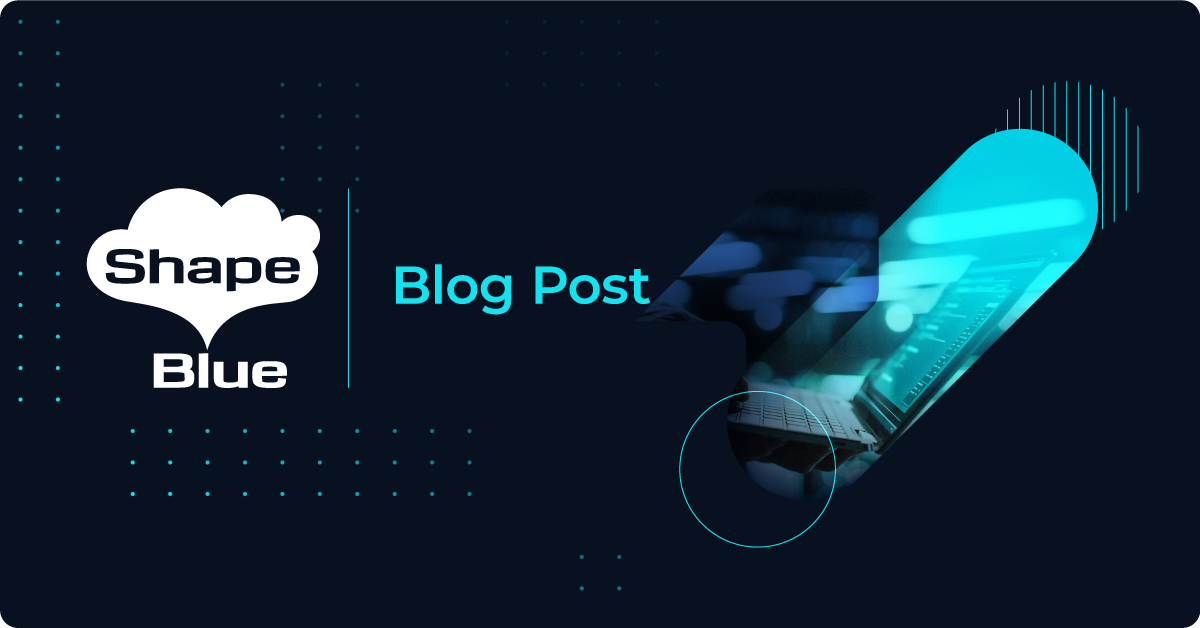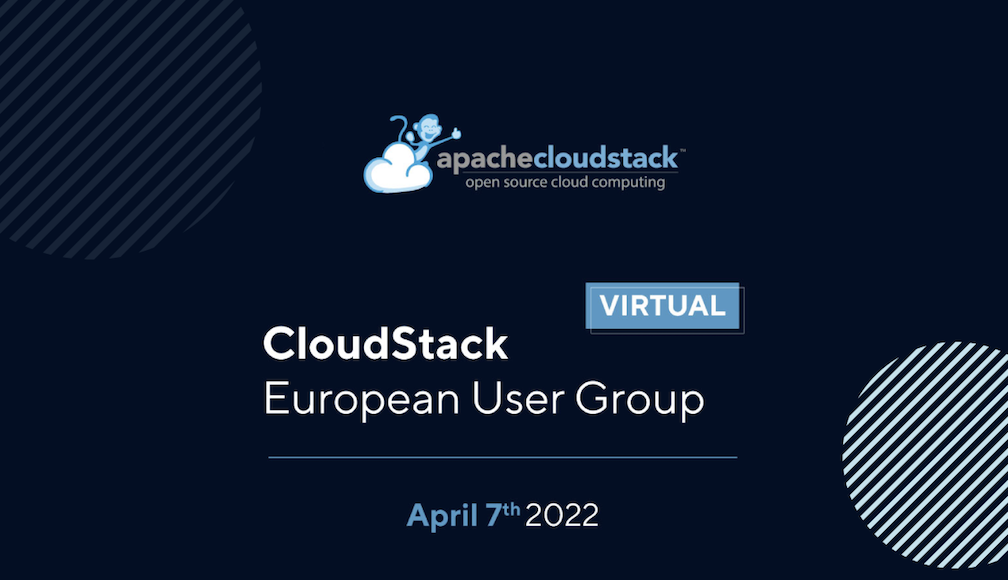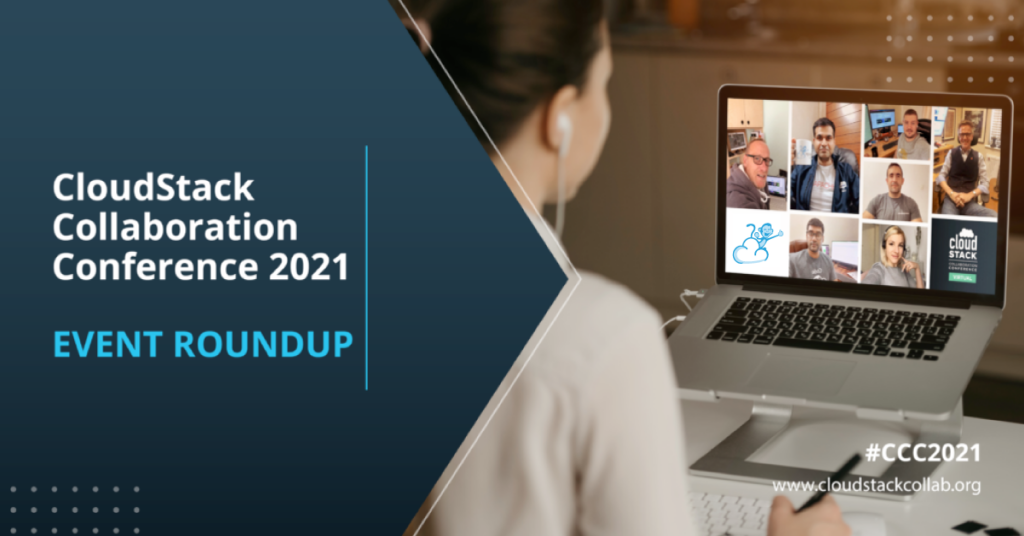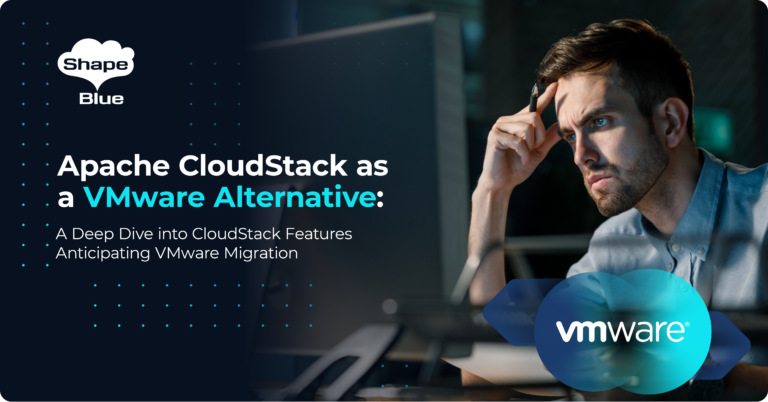Our Winter meetup last Thursday, November 24 found us back in London at the BT Centre Showcase, and as usual Europe was well represented with CloudStack users joining us from all over.
After lunch and catching up with friends old and new, Giles Sirett (ShapeBlue CEO and chairman of the user group) called the meetup to order and started with introductions and CloudStack news. And yet again – what a lot of news! One of Giles’ early slides always lists the other CloudStack user groups around the world, and following our Summer meetup in Berlin, it’s great to see that the guys from BIT.group have now started a regular CloudStack Germany User Group.
First item on Giles’ list was the most recent major release of CloudStack (4.9), which included such new features as OOB power management of hosts and user defined security roles, as well os over 180 minor enhancements and fixes. This will also be the base for the LTS (long term support) release in January 2017. Also upgraded was CloudMonkey (5.3.3), featuring support for shell history, improved CSV output and improved error handling.
Having covered where CloudStack is, next up was a summary of where it’s going. Well, we’ve got 4.10 coming this December, which will have system VMs on managed storage, backup of snapshots to managed storage, VMWare nested virtualization and improvements to the Virtual Router. This will be followed in February 2017 by 4.11 which will see robust, generic HA, and improved hypervisor support – vSphere 6.0 and 6.5, and XenServer 7 will all be supported (these hypervisors will also be supported in 4.9 LTS). Giles also talked about community activity – there has been a huge effort in automated test suites, and there is now an ‘automated build and test’ pipeline. We are also moving towards distributed testing.
Next up Giles reported on a couple of this year’s CloudStack events – the CloudStack Collaboration Conference (CCC) in Montreal, and the last meetup in Berlin (both in June). Both fantastic events – a good place to find videos of the talks at CCC is here, and you can find a roundup of the Berlin meetup here.
Of particular interest in the community is the recent news that ShapeBlue has open-sourced its CloudStack Container Service (CCS) software, and Giles was keen to explain a bit more about CCS. There is a great deal more information in Giles slides:
After the CloudStack news, Giles introduced the first guest speaker of the day – Maurice Nettesheim of BT, with a talk entitled ‘Making the Digital Possible’. This talk was appropriate for the audience as it was all about how BT deliver cloud services. Maurice gave us a detailed overview of how the BT Compute Management System delivers services (such as BT Cloud Compute, BT Private Compute, etc,) to customers around the world (20 countries, 5 continents). This is an all too brief summary – please see Maurice’s slides for much more detail:
After a quick coffee break, we welcomed the next speakers to the podium – Len Bellemore and Tulio de Souza from Alternative Networks with ‘Making Stuff Better Through CloudStack’. This talk started with some background about what they were delivering (in this instance, telephony and unified communications services) and why CloudStack was chosen as a platform upon which to deploy these services. After a brief rundown of the technologies used and what a typical deployment looks like, Len and Tulio compared how the system and a deployment looked before and after CloudStack – citing less resource required and automated infrastructure builds as stand-out benefits. We were then taken through ‘how it works’, with an explanation of how a system is deployed, including some pros and cons.
More detail in the slides from this talk:
Paul Angus (ShapeBlue) was next, with ‘The Hitch-Hikers Guide to CI/CD’. Paul has recently announced Trillian, an open-source automation tool. Due to the sheer number of different options in a CloudStack deployment, it has so far been difficult to automate testing, so Trillian has been designed to provide fully automated deployment of CloudStack environments from any CloudStack package repo. Paul explained some of the tenets of Trillian: the ability to support multiple concurrent environment, no hardcoding to a specific lab/environment, scripted command-line use, ability to support as many hypervisors as possible, etc.
Paul then talked us through the background requirements and challenges he wanted to overcome, explained the technologies that make up Trillian, stepped through the process and gave a few examples of how you would use the solution. In summary Trillian provides an extremely flexible way to quickly build cloud environments for a multitude of purposes. I recommend looking at Paul’s slides for much more information:
Last up was Ingo Jochim of BIT.group, with a talk entitled ‘Fast SAP system provisioning based on CloudStack’. Starting with an introduction into what they are trying to achieve (eg. standardised landscapes, consistent configurations, reduced effort), Ingo talked us through some of the challenges they have faced, how many different steps and considerations there were, eventually asking the question – could this be automated into a single process? Expanding on exactly what apps and services they need to deploy, he explained exactly what is automated and what technologies are being used to achieve the automation. He also told us why BIT.group had chosen CloudStack after evaluating other solutions, mentioning (among other things) how easy it is to upgrade (30 minutes) compared to some other solutions. Ingo also talked through Ceph and Ansible, and how they integrate into the overall solution.
This was a great presentation, and I have given only a summary. Ingo’s slides contain the detail you will need:
After the last official talk we strolled over the road to enjoy several unofficial talks over a beer or two! As always, lively discussion continued and new friends were made. Thanks to BT for providing a superb venue and lunch, and to Paul, Ingo, Len, Tulio and Maurice for their talks. The next CloudStack European User Group will be in February 2017, and we will announce details shortly. See you there!
Steve Roles is ShapeBlue’s COO and is responsible for all day to day administrative and operational functions of the business, including the consulting, programme management, and support functions. Involved with CloudStack since 2012, Steve has led several large customer engagements including a number of major public and private cloud deployments; co-ordinated and developed worldwide teams and helped implement and deliver an enterprise grade support product.
Away from work, Steve is a music lover and semi-professional musician. Although he doesn’t speak at many technology conferences, he can sometimes be heard providing the evening entertainment.





